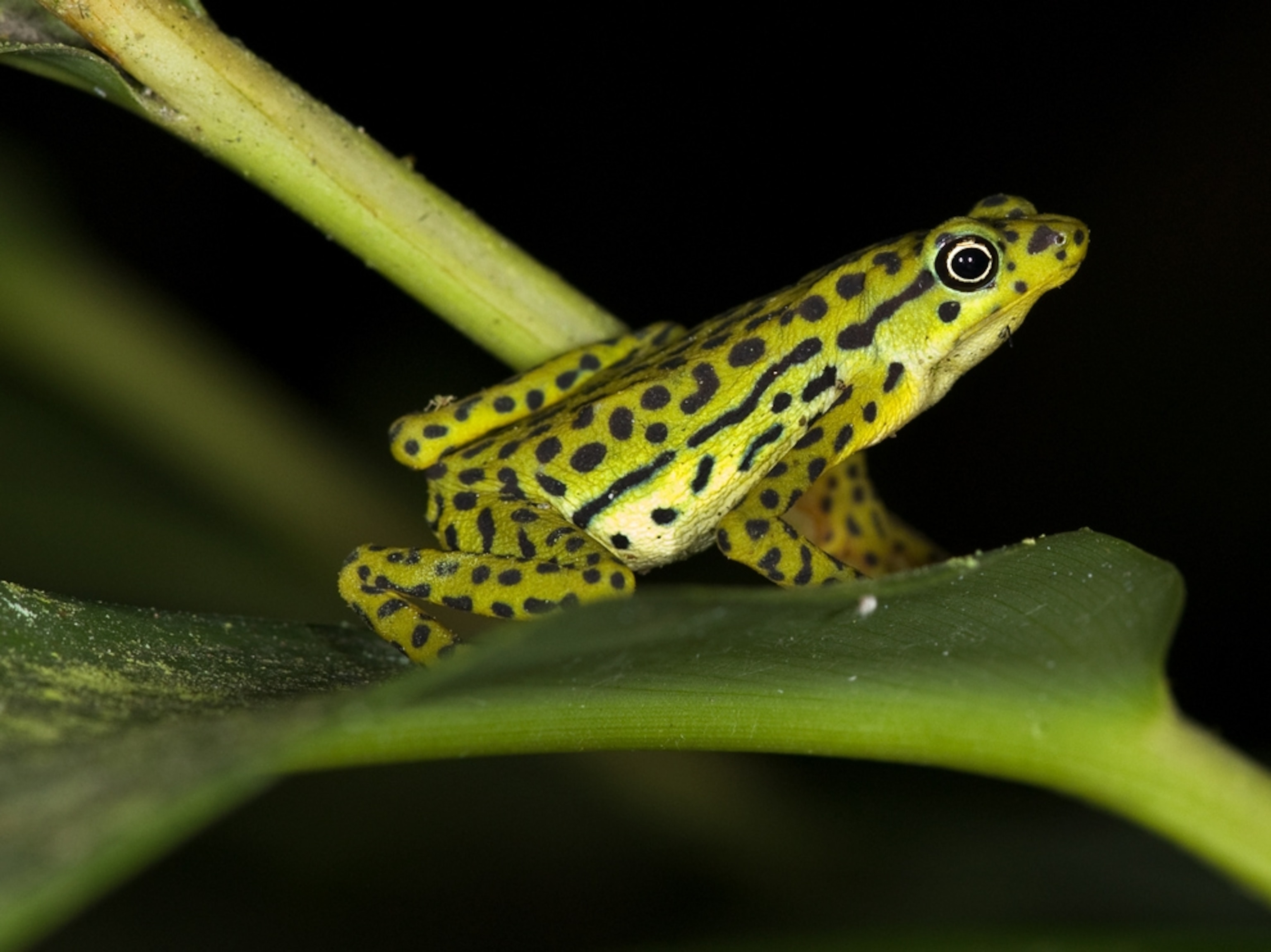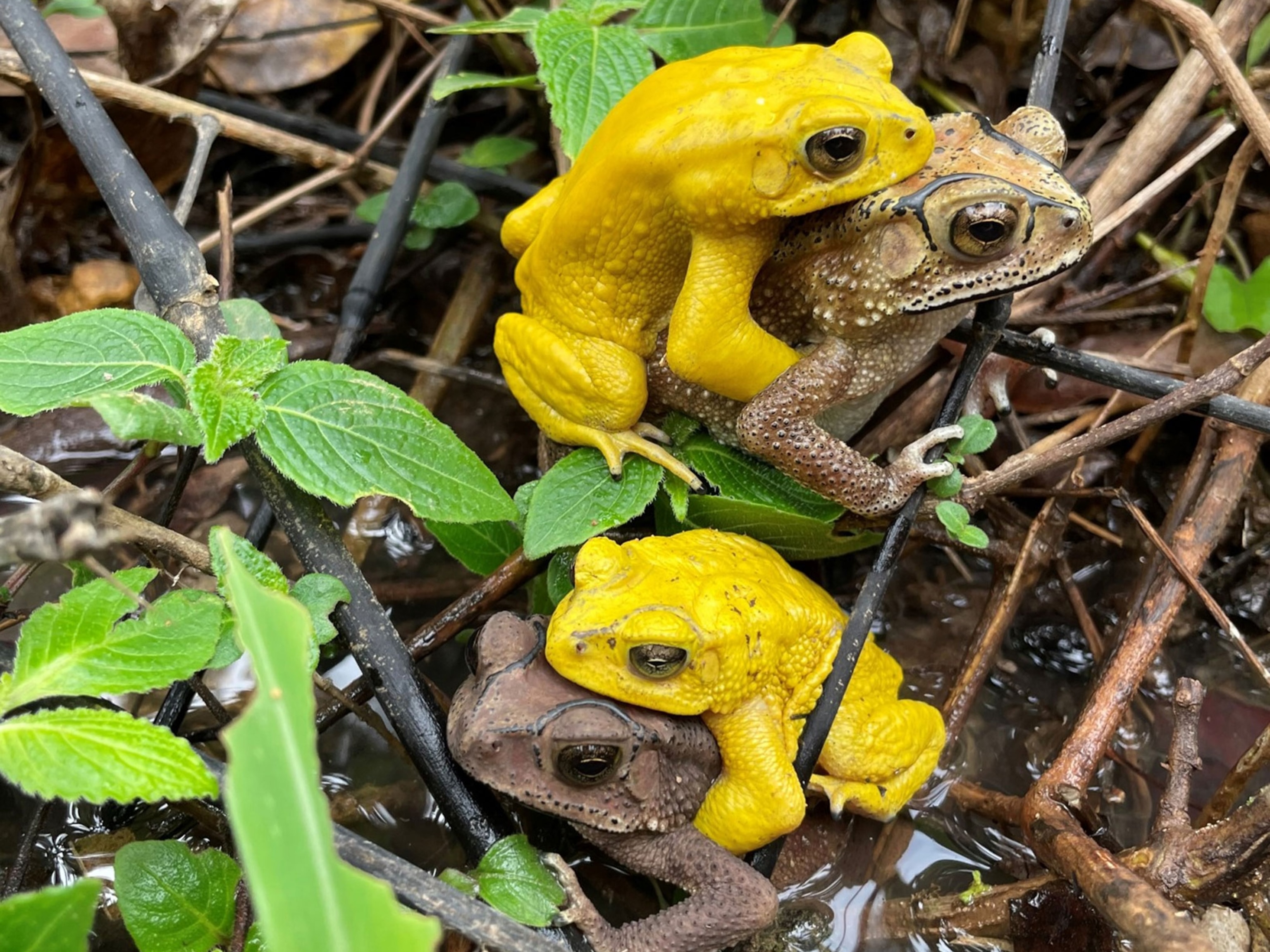Photograph courtesy S.D. Biju, Lost Frogs/Conservation International
Photos: Bubble-nest Frog, Other "Extinct" Species Found
Fifteen "lost" frogs and toads have been rediscovered during a global search—a disappointing number, conservationists say.
February 18, 2011











